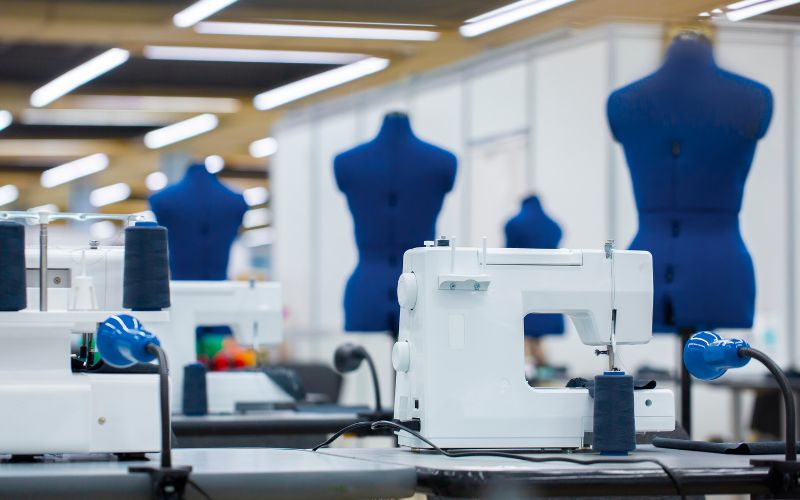
Introduction
The fashion industry, often seen as the epitome of glamour, beauty, and creativity, has an alluring facade that captivates us all. From the runway shows that showcase breathtaking designs to the glossy magazines flaunting the latest trends, it’s easy to get lost in the enchanting world of fashion. However, beyond the glitz and glam lies a realm of cringes that warrant a closer inspection. In this blog, we delve into the cringe-worthy aspects of the fashion industry that often escape the limelight.
1. Unrealistic Beauty Standards
One of the most glaring cringes in the fashion industry is the perpetuation of unrealistic beauty standards. Models with impossibly perfect bodies and flawless skin dominate advertisements and catwalks, leaving many feeling inadequate and self-conscious. This narrow definition of beauty not only impacts self-esteem but also contributes to body image issues among both consumers and aspiring models. The industry’s slow progress toward embracing diversity and inclusivity often falls short, reinforcing the cringe-worthy notion that only a select few can be considered beautiful.
2. Fast Fashion’s Toll on the Environment
The rise of fast fashion is another cringe-worthy aspect that cannot be ignored. The fashion industry’s rapid production and disposal of cheap clothing not only deplete natural resources but also contribute significantly to pollution. From water-intensive dyeing processes to textile waste that ends up in landfills, the dark side of fast fashion contradicts the glamour it portrays. Conscious consumers are becoming more aware of these issues, prompting a shift towards sustainable and ethical fashion practices.
3. Exploitative Labor Practices
Behind every stunning garment lies a story of labor, and unfortunately, not all stories are pleasant. Reports of exploitative labor practices, especially in developing countries where workers are paid meager wages and subjected to poor working conditions, cast a shadow on the fashion industry’s sheen. The cringe factor intensifies when high-end brands are implicated in such practices, exposing the hypocrisy that often lurks behind the scenes.

4. Cultural Appropriation vs. Cultural Appreciation
The line between cultural appropriation and cultural appreciation is a thin one that the fashion industry often blurs. While some designers draw inspiration from various cultures to create unique and beautiful pieces, others exploit these elements without giving credit where it’s due. This cringe-worthy practice not only disrespects the origins of these designs but also perpetuates harmful stereotypes. The industry’s failure to consistently navigate this complex terrain raises eyebrows and questions its commitment to understanding and respecting cultural diversity.
5. Harmful Marketing Strategies
Some of the fashion industry’s marketing strategies leave us cringing due to their insensitivity and disregard for social issues. From shock-value advertising to using controversial themes for attention, the line between innovation and exploitation can become perilously thin. Such tactics not only trivialize serious matters but also reinforce the idea that controversy sells, overshadowing the true essence of fashion as a form of artistic expression.
6. Pressure to Conform
Fashion should be about self-expression, yet the industry often exerts pressure on individuals to conform to trends and norms. The fear of being deemed unfashionable or outdated drives consumers to chase trends that might not align with their style or values. This pressure to fit in can be stifling, leading to wardrobe cringes that are regretted later. Encouraging individuality and self-confidence should be a priority, rather than perpetuating the cycle of conformity.
Conclusion
Peeling back the layers of the fashion industry reveals a series of cringe-worthy practices and perspectives that cast a shadow over its glamorous exterior. Unrealistic beauty standards, environmental degradation, exploitative labor, cultural insensitivity, questionable marketing, and pressure to conform are all aspects that warrant attention and reform. As consumers, we have the power to demand change by supporting brands that prioritize sustainability, diversity, and ethical practices. By acknowledging these cringes, we can work together to reshape the fashion industry into a space that celebrates creativity, individuality, and a better, more conscientious world.



